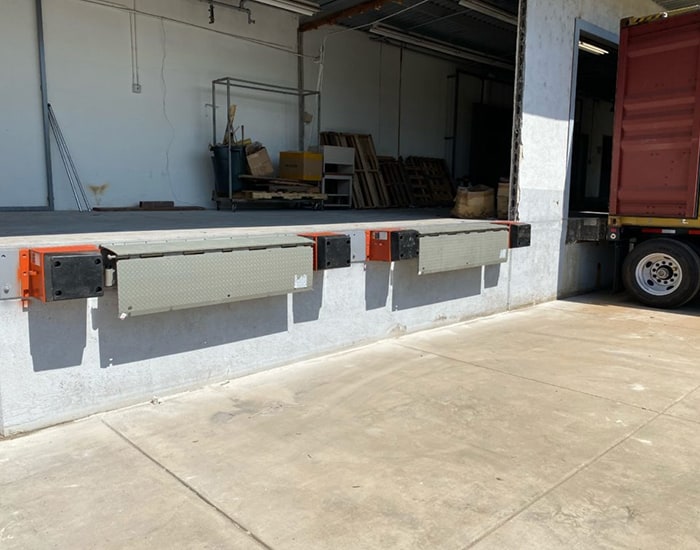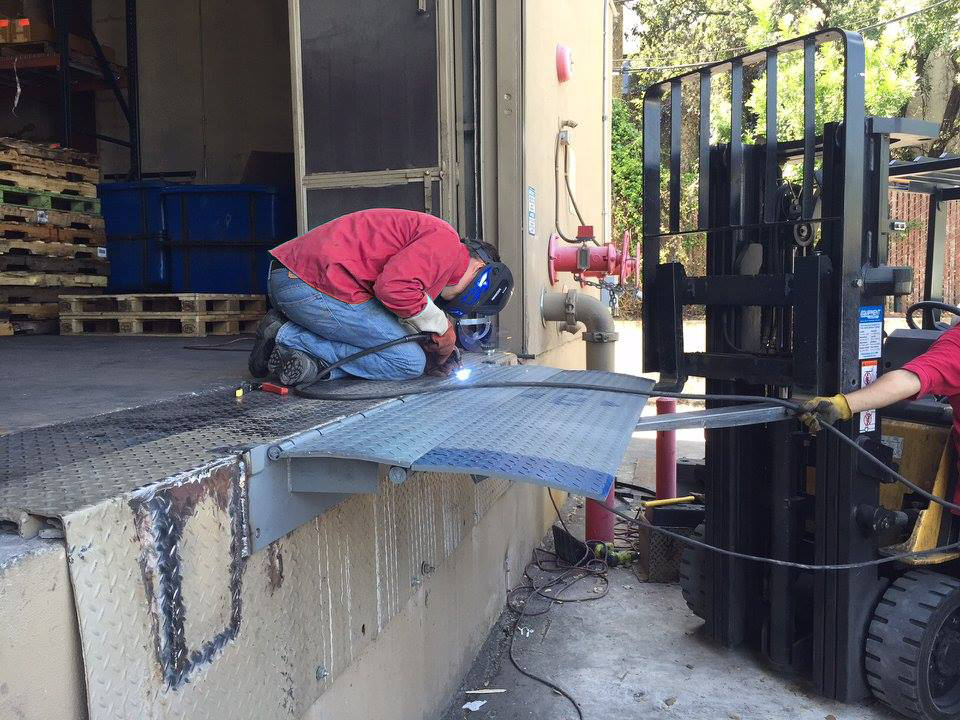Seasonal Preparations: When to Arrange Your Dock Repairs
Seasonal Preparations: When to Arrange Your Dock Repairs
Blog Article
Reliable Dock Repair Work Techniques: Guaranteeing Architectural Stability
Guaranteeing the architectural integrity of docks with effective repair work strategies is critical for the durability and safety of aquatic centers. This involves a multi-faceted approach beginning with comprehensive evaluations making use of advanced innovations like sonar tools and remotely ran automobiles (ROVs) to find both visible and hid damages. Consequently, selecting the appropriate repair products, such as corrosion-resistant alloys and composite products, is crucial for durability. Structural reinforcement methods, including the implementation of cross-bracing systems and load-distribution plates, play an essential duty in mitigating stress and anxiety factors. Nevertheless, the significance of these techniques comes to be obvious when checking out innovative repair approaches and preventative maintenance methods.
Evaluating Dock Damages
Examining dock damages is a vital initial step in guaranteeing the structural stability and security of any docking facility. Key aspects to examine consist of the dock's structure, pilings, decking, and hardware (Dock Repairs).
Structural designers or qualified assessors commonly execute these evaluations using specialized strategies and devices. For instance, undersea evaluations might employ sonar devices or from another location operated lorries (ROVs) to spot submerged damages. Above water, aesthetic examinations are complemented by using wetness meters and other analysis tools to uncover underlying issues not immediately noticeable to the nude eye.

Picking Fixing Materials
Picking the suitable fixing materials is an essential step in the dock restoration procedure, one that straight influences the durability and performance of the fixed structure. Material selection need to be driven by elements such as environmental conditions, load-bearing needs, and compatibility with existing dock components.
In enhancement to timber, composite products are significantly popular because of their longevity and reduced upkeep demands. Compounds, normally made from a blend of plastic and wood fibers, supply outstanding resistance to rot, pests, and UV damage. For steel anchors, picking corrosion-resistant alloys such as galvanized steel or marine-grade light weight aluminum is important to stop corrosion and guarantee architectural integrity in saline water conditions.
Epoxy resins and marine-grade sealants are vital for repairing cracks and sealing joints, providing a water-proof obstacle and boosting the dock's overall toughness. By diligently choosing high-grade products, dock fixings can achieve resilient outcomes, thus securing against future deterioration and making sure safe, reliable use.
Structural Reinforcement Strategies
Reliable architectural reinforcement methods are essential in making sure the stability and durability of dock repairs. This technique is especially efficient for docks exposed to heavy tons or harsh ecological problems.
One more vital technique is the application of fiber-reinforced polymers (FRP) These products use high strength-to-weight ratios and excellent resistance to deterioration, making them suitable for strengthening wooden or concrete docks. FRP can be applied in sheets or strips and adhered with epoxy resins to enhance architectural stability.
Bracing and securing systems likewise play an important function in structural reinforcement. Cross-bracing, making use of steel or wooden light beams, can counteract side pressures, minimizing persuading and movement. Anchoring systems, such as helical piers or driven piles, offer a steady structure by transferring lots to deeper, more secure soil layers.
Last but not least, the combination of load-distribution plates can aid disperse weight more uniformly across the dock's surface area, mitigating local stress factors. These methods jointly guarantee that anchors stay robust and secure, with the ability of holding up against the roughness of their functional atmosphere.
Advanced Repair Work Methods

Another innovative method entails underwater welding, which enables repair work to be carried out without the requirement to dewater the location. This technique is specifically helpful for dealing with structural concerns in immersed dock parts, making certain marginal disturbance to procedures. Boosted welding strategies, paired with robotic systems, supply accuracy and dependability, therefore expanding the life expectancy of the dock.
Furthermore, cathodic protection systems are implemented to avoid corrosion in metallic dock structures. By utilizing sacrificial anodes or official website satisfied present systems, these techniques effectively minimize the electrochemical procedures that result in product degeneration.
Finally, progressed tracking innovations, such as structural wellness monitoring (SHM) systems, give real-time information on the condition of dock frameworks. These systems enable aggressive maintenance and prompt interventions, eventually guaranteeing the lasting structural honesty of the dock.
Maintenance and Avoidance
Maintenance and avoidance are fundamental principles that underpin the longevity and safety and security of dock structures. Normal evaluations are extremely important, enabling early detection of damage, prospective weak points, and environmental influences. A proactive strategy, involving regular checks for rust, rot, and structural changes, mitigates pricey repair work and lengthens the dock's operational life.
Safety nets need to include using protective coverings to steel parts to defend against corrosion and making use of cured wood to stand up to decay. In addition, ensuring correct drain visit and air flow can avoid water buildup, which is a typical source of structural deterioration. Integrating top quality products and sticking to supplier standards during construction and repair work phases likewise play vital duties in enhancing sturdiness.

Training personnel in dock upkeep finest techniques makes sure regular application of preventative actions. Leveraging technical breakthroughs, such as drones for examinations and sensing units for real-time surveillance, can even more boost upkeep initiatives. By focusing on maintenance and avoidance, dock proprietors can make sure structural integrity, functional security, and cost-effective monitoring over the dock's life expectancy.
Conclusion
In final thought, keeping the architectural honesty of aquatic facilities requires comprehensive dock repair service strategies. Advanced repair techniques, reference combined with routine upkeep techniques, ensure the dock remains risk-free and operational under varied ecological conditions.
Making certain the architectural honesty of anchors via effective repair service strategies is paramount for the longevity and safety of aquatic centers.Picking the ideal repair products is a critical step in the dock restoration process, one that straight influences the long life and performance of the fixed structure.Efficient structural support techniques are critical in making certain the stability and durability of dock repair services. By prioritizing upkeep and prevention, dock proprietors can make certain structural stability, functional safety and security, and affordable management over the dock's lifespan.
In conclusion, preserving the architectural stability of marine centers requires thorough dock repair techniques.
Report this page